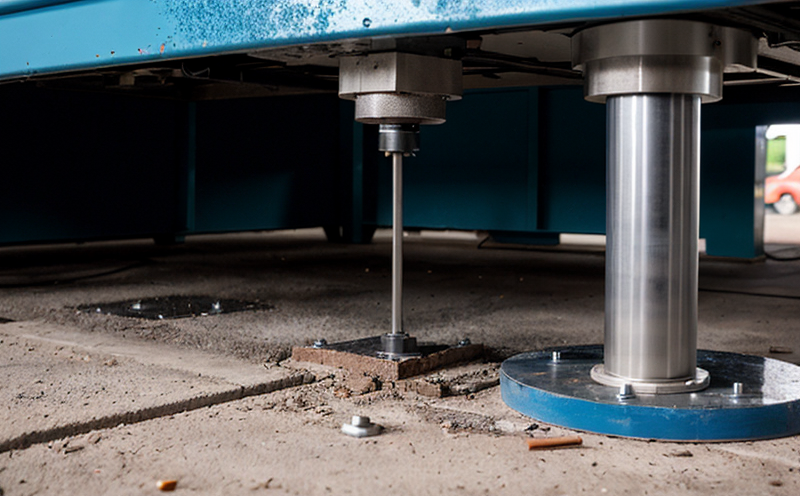ISO 899 Creep and Stress Relaxation Testing in Polymers
The ISO 899-1 standard provides a comprehensive approach to measuring creep and stress relaxation properties of polymers. This service is particularly valuable for quality managers, compliance officers, R&D engineers, and procurement teams dealing with polymer-based materials.
Creep refers to the gradual extension or permanent deformation of a material under constant load over time, while stress relaxation describes how the stress in a material decreases as a function of time when subjected to an applied strain. These properties are critical for ensuring the long-term reliability and performance of polymer-based products.
The ISO 899-1 standard specifies the procedures for testing creep and stress relaxation behavior by subjecting specimens to a constant load or strain at elevated temperatures. This service ensures that materials meet the specified performance criteria, which is essential in various sectors such as aerospace, automotive, and medical device manufacturing.
Testing involves precise specimen preparation and careful calibration of test conditions to ensure accurate results. Specimens are typically loaded in a tensile or compression testing machine at controlled temperature environments. The equipment used for this service includes sophisticated creep and stress relaxation testers that can maintain constant load or strain over extended periods.
The standard outlines detailed acceptance criteria, which include the precision and accuracy of test methods, specimen dimensions, and environmental conditions such as humidity levels and temperature control. Compliance with these standards is crucial to ensure reliable data for decision-making processes within organizations.
Understanding creep and stress relaxation behavior allows engineers to design products that can withstand operational stresses over extended periods without failure. This knowledge is vital in sectors where materials are exposed to high temperatures or continuous mechanical loads, such as aircraft components or engine parts.
The testing process involves several critical steps: specimen preparation, conditioning, loading, and data acquisition. Specimens must be carefully prepared according to the specified dimensions and surface finish to ensure accurate results. The specimens are then conditioned to a specific temperature for an appropriate period before being loaded into the test machine.
During testing, continuous monitoring of load or strain is necessary, along with periodic measurement of specimen dimensions to track any changes due to creep and stress relaxation. Data collected during these tests provides valuable insights into the material's long-term stability under service conditions.
Applied Standards
| Standard Number | Title and Description |
|---|---|
| ISO 899-1:2017 | Creep and Stress Relaxation Properties of Polymer Materials at Elevated Temperatures (Part 1: General Principles) |
| ASTM D638-21 | Standard Test Method for Tensile Properties of Plastics |
Eurolab Advantages
At Eurolab, we offer a full suite of testing services designed to meet the highest standards in quality and accuracy. Our state-of-the-art facilities are equipped with advanced instruments capable of performing precise creep and stress relaxation tests on polymer materials.
We employ highly skilled technicians who possess deep expertise in polymer testing methodologies. This ensures that each test is conducted according to the latest ISO guidelines, providing reliable data for decision-making processes within your organization.
Our services are tailored to meet specific client needs, whether you require a one-off test or an extensive program of continuous monitoring. We offer flexible scheduling options and can provide reports in various formats to suit your requirements.
In addition to the technical expertise we bring to each project, Eurolab is committed to sustainability practices. Our laboratories are ISO 17025 accredited, ensuring that all tests are conducted under stringent quality control measures.
Use Cases and Application Examples
- Aerospace industry: Ensuring the integrity of engine components exposed to high temperatures and continuous operation.
- Automotive sector: Verifying durability of structural parts in vehicles subjected to long-term stress.
- Medical device manufacturing: Guaranteeing biocompatibility and safety of implants under prolonged use conditions.
- Construction industry: Assessing performance of polymer-based insulation materials used in building envelopes.
- Consumer goods: Evaluating the longevity of packaging materials exposed to environmental factors like temperature fluctuations.





